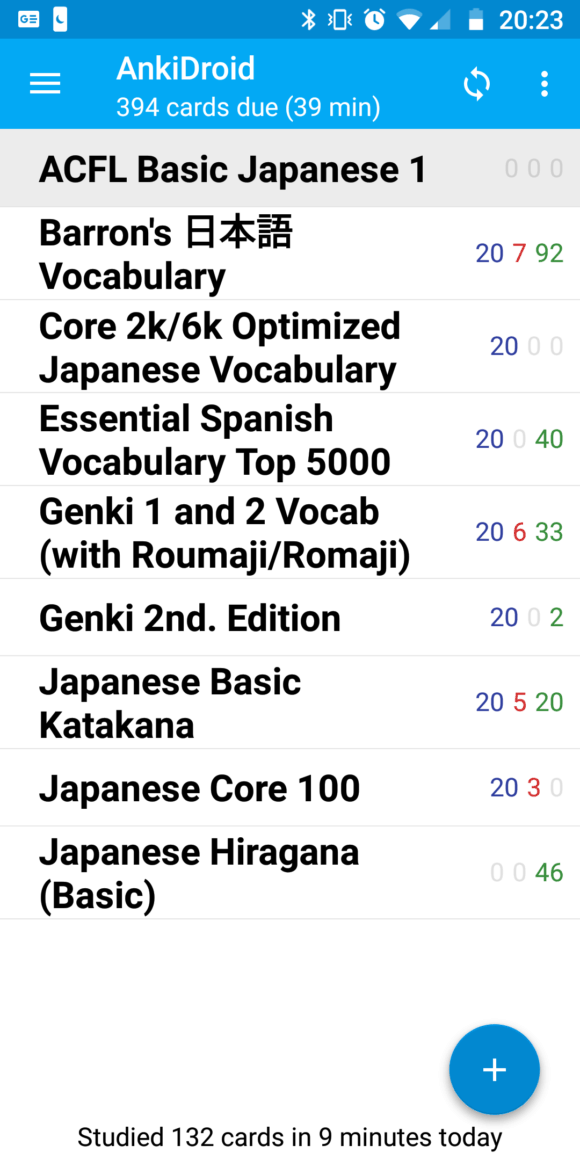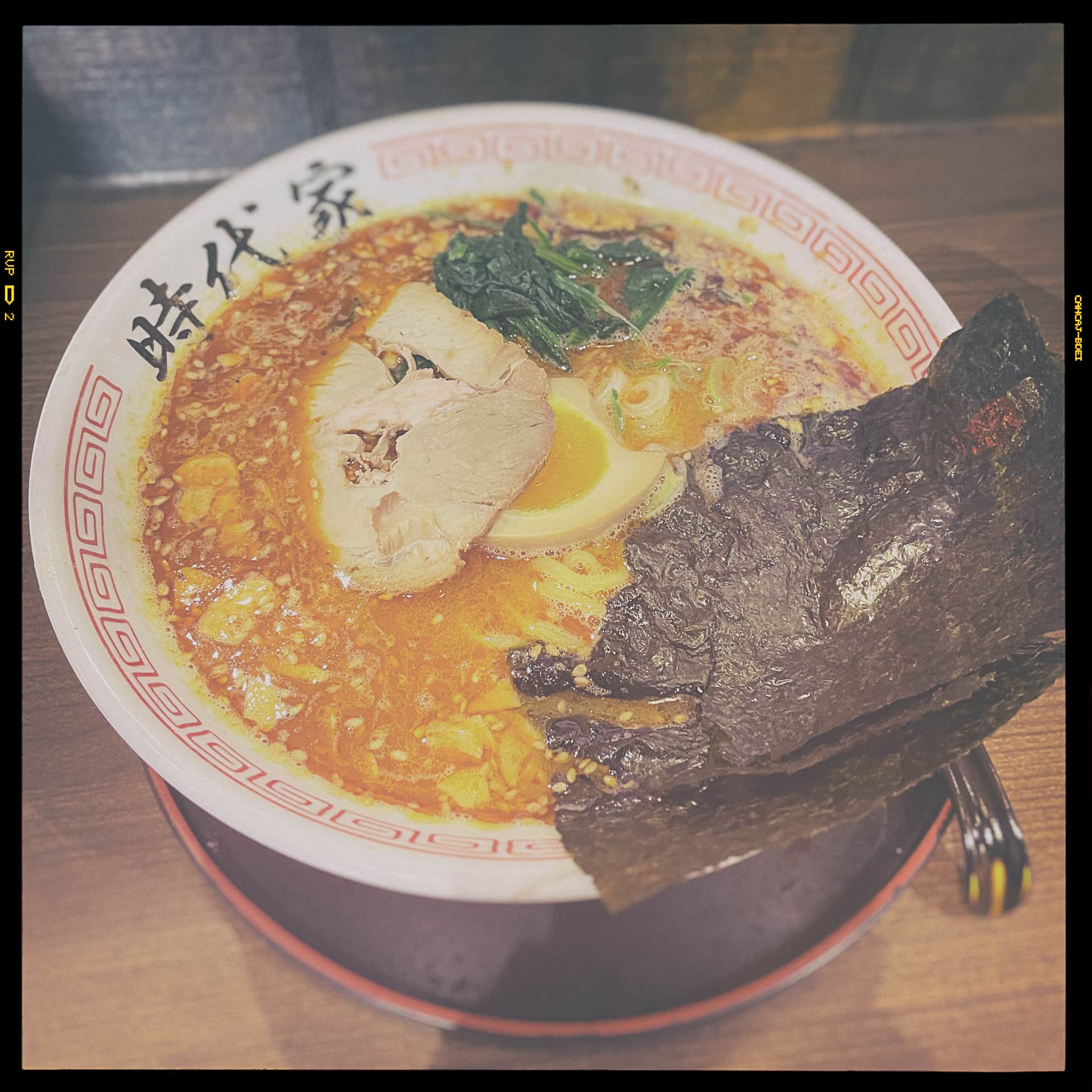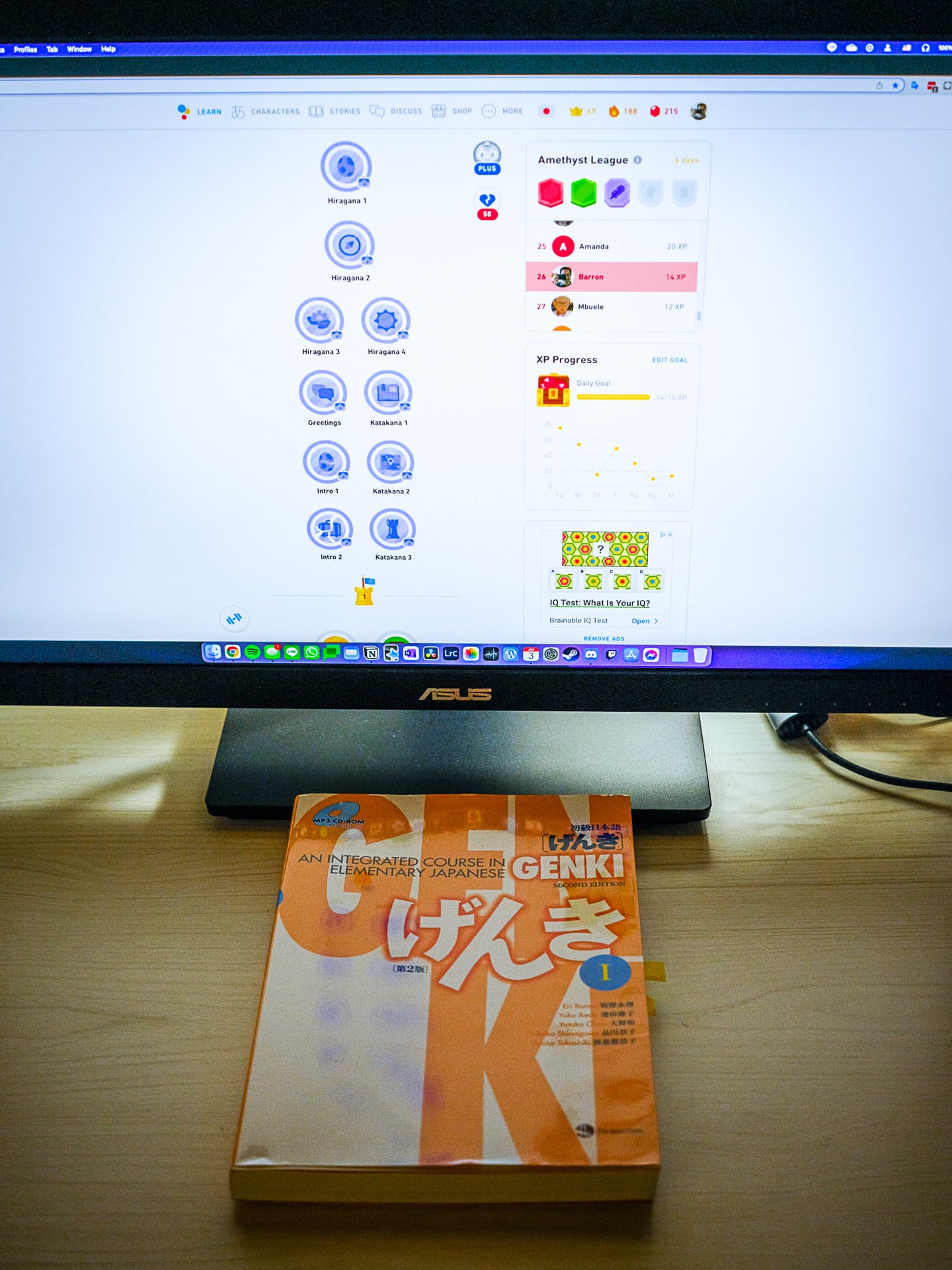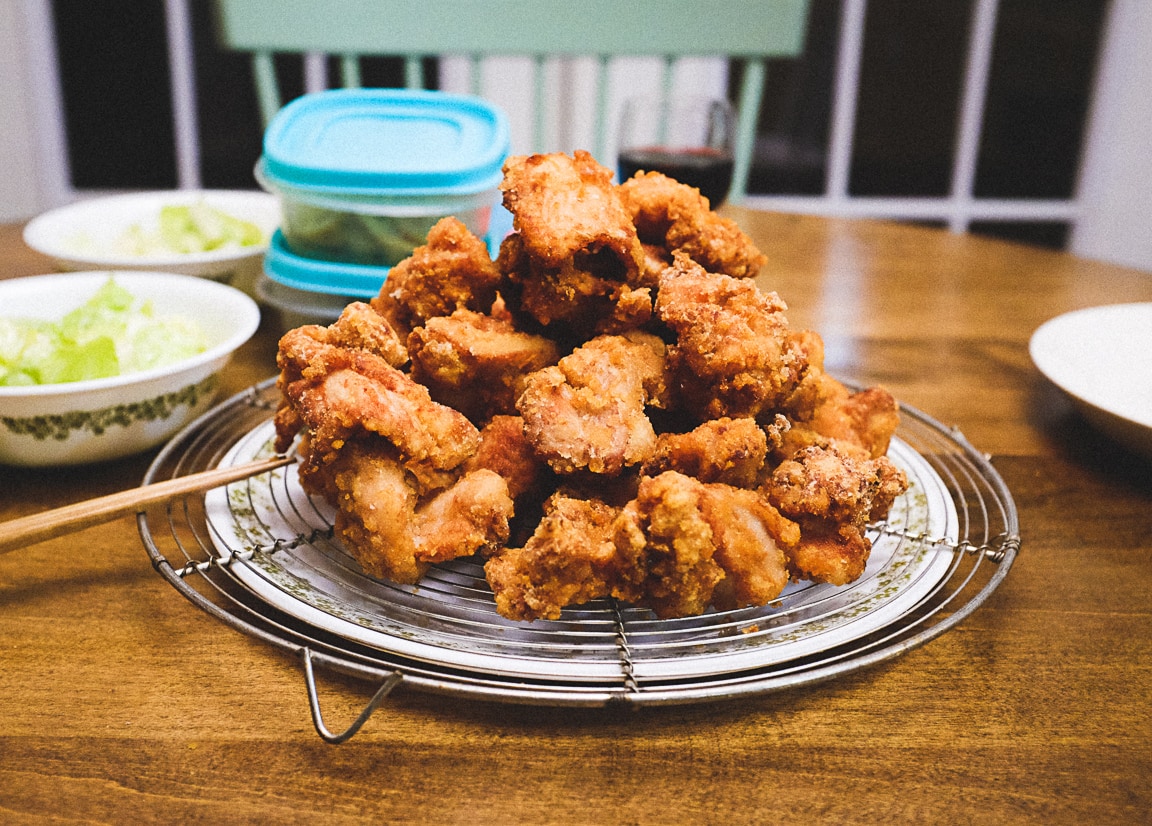
こんばんは。How’s it going?
I mentioned in my last post about my daily habits that I’ve been trying to keep up with as best as I can, and I have to admit that I am surprised that I have been doing pretty good! One of the habits is to study Japanese, and right now that involves digital vocabulary flashcards using Anki.
I got turned onto Anki from the book Fluent Forever, in which the author Gabriel Wyner talks about using timing, or intervals between study, to improve recall of vocabulary. What great about Anki is that it uses those intervals to automatically adjust the frequency of the flashcards. Basically, I look at the word in Japanese (romaji), then flip the card over to reveal the meaning. At the bottom of the screen, I click on one of the four buttons: Again, Hard, Good, or Easy. Sometimes clicking Again means the card will show up again within the next minute or so, Hard means about 10 minutes, Good means 3 days, and Easy could mean the card shows up again a month from now. But those intervals are all varied. I guess it just depends on what I’ve clicked on before.
I have to say, it really works! With each study session (once per day is the maximum allowed) I learn more words than normal and can recall ones that gave me a lot of trouble before. It’s kind of neat!
But, there’s still a bit of reticence on my part some mornings. I guess there’s a part of me that is disappointed when the same words come up and I cannot recall the meaning. However, that is getting better slowly but surely, and the fact that at the end of each session I feel like I’ve made progress leads me to think that eventually, I’ll have no barriers to getting my daily study in.
As you can see from the screenshot, I’ve downloaded a bunch of free flashcard sets, even Spanish vocab! But I mainly do the “ACFL Basic Japanese 1” and “Japanese Hiragana (Basic)”. I feel like that’s plenty for now.
I hope you had a nice Tuesday!
またね~
Like this:
Like Loading...






